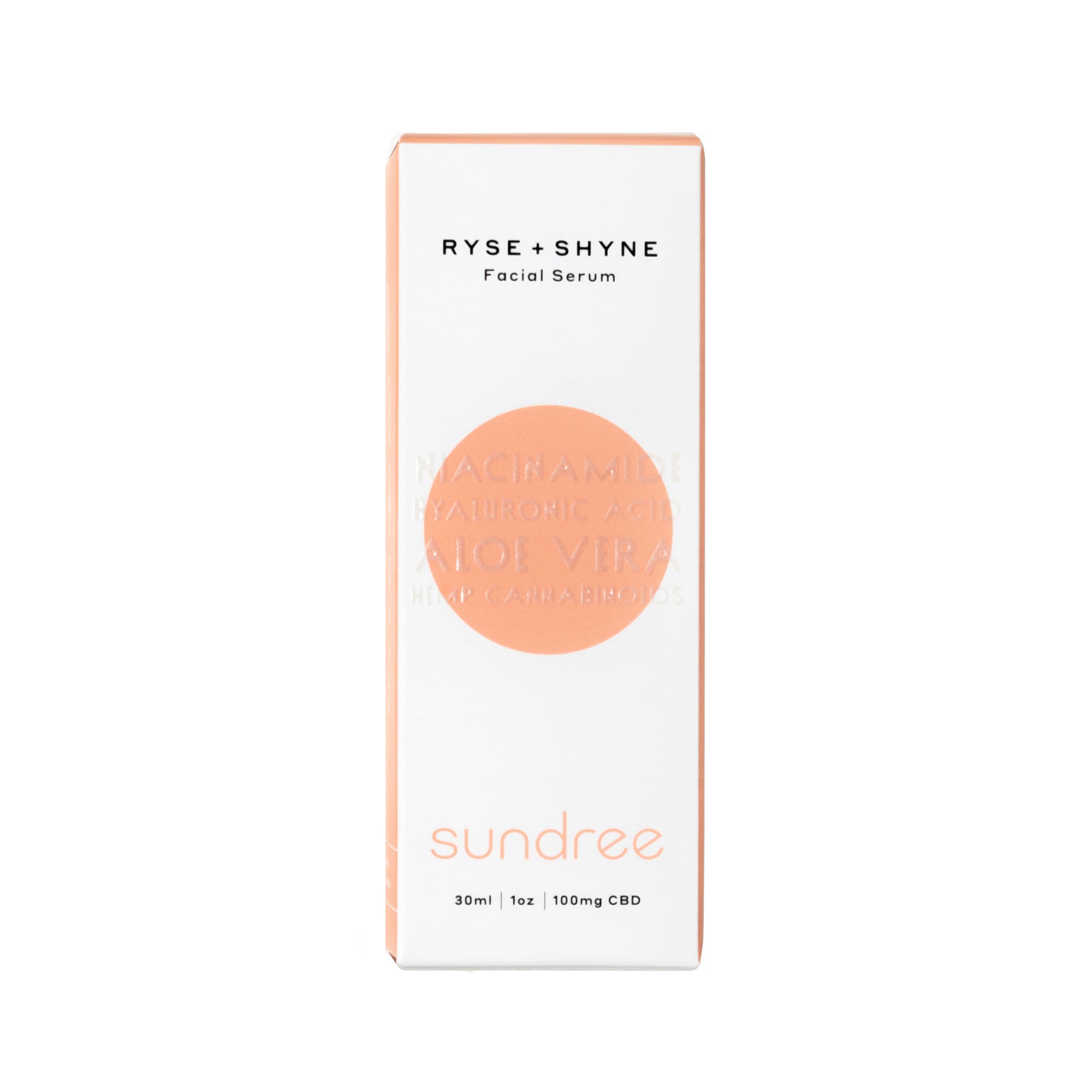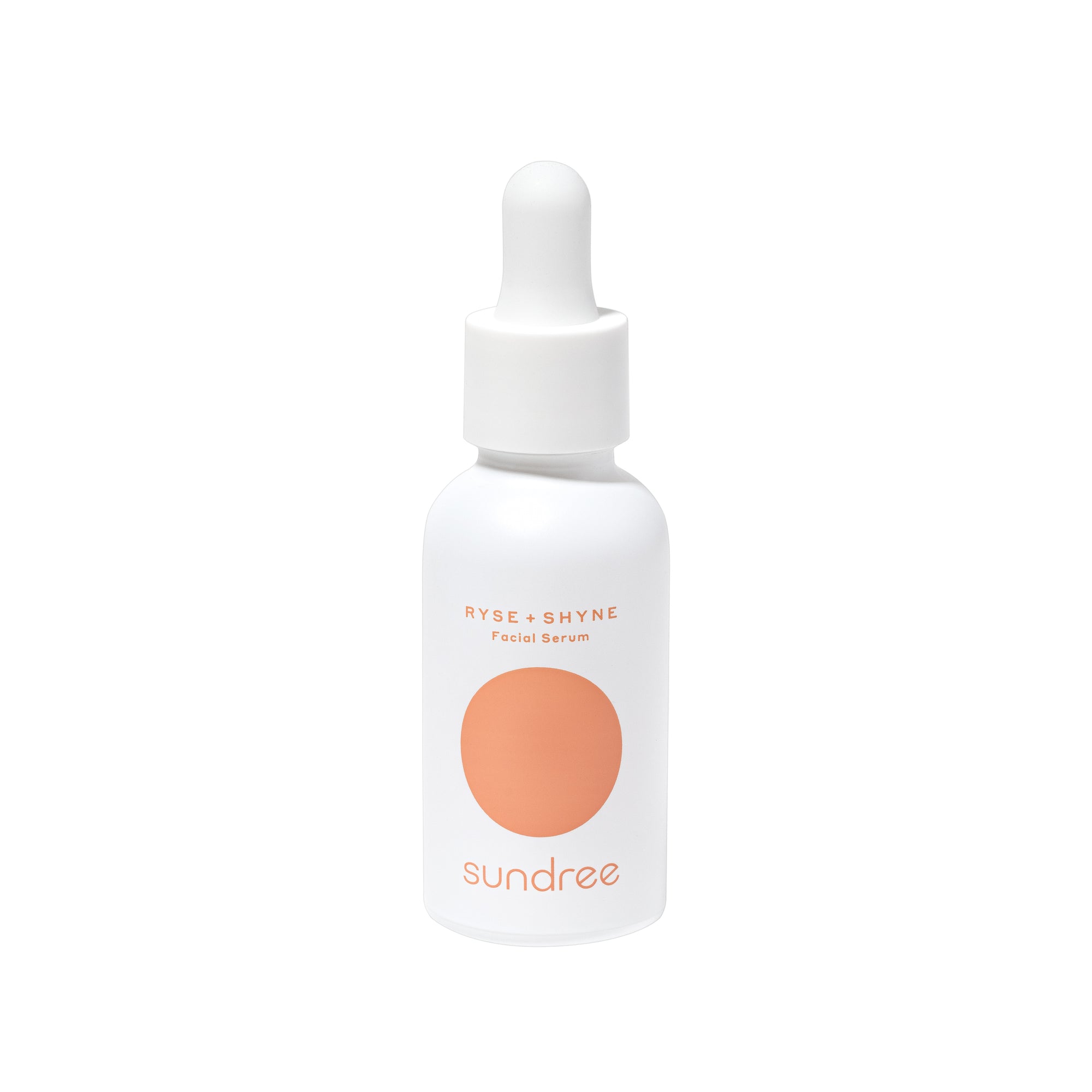Have you ever glanced into the mirror and wished you had a smoother, even-toned, plumper complexion? Well, you’re not alone. It can be pretty challenging to decide which skincare products or procedures will work the best for you and help you reach your skincare goals. Hence, it’s crucial to know the products you are using or any procedures before investing in them.
If you’re struggling with a dull complexion, dark spots, uneven skin tone, acne scars, rough skin texture, sun damage, age spots, or wrinkles, microdermabrasion may be the answer to your problems.¹ Today, we’ll dig into microdermabrasion, a frequently heard term in beauty. So, stay tuned to learn more!
What is Microdermabrasion?
Microdermabrasion is a non-invasive cosmetic procedure in which microscopic crystals are used to gently polish and exfoliate the outer layer of your skin. Exfoliation draws out dead skin buildup, including dead skin cells, sebum, grime, and other impurities from the skin.²
The procedure is performed using a small handheld instrument that gently abrades the top layer of the skin. This removes the top layer of dead skin cells and creates a new, smoother, softer, and healthier-looking appearance. Microdermabrasion is commonly used as a treatment and preventive measure for the signs of aging, discoloration, uneven skin texture, and other skin issues.
The procedure is gentle on the skin and doesn't cause any damage to the dermis, the layer of skin that contains elastin and collagen. Also, it does not require downtime as compared to dermabrasion. This procedure allows the underlying layer of the skin to rejuvenate faster by encouraging the cell renewal process, thus restoring the skin’s natural glow and plumpness.
What are the Different Types of Microdermabrasion?
Different types of devices and methods are used to perform different microdermabrasion procedures. The instruments used are chosen according to the kind of skin problems being treated. Your skincare professional or dermatologist will help you decide which will do the job for you. Three of the most common and popular microdermabrasion techniques are:
Diamond-Tip Handpiece - Also called the Diamond MDA, this hand-held device works on the top surface of the skin by gently sloughing off the thick, dull, and damaged layer of the skin. The treatment uses suction action and exfoliates the outer layer of dead skin. It means that the debris will be immediately suctioned off from the skin. The intensity and abrasion of the procedure depend on the pressure applied during treatment and the duration of suctioning action on the skin. So, the extent and depth to which the device will work can be adjusted according to individual skin types or problems. This makes the diamond-tip device perfect for sensitive skin and delicate areas of the face, especially around the eyes.
Crystal Microdermabrasion - This type of microdermabrasion procedure in which a hand-held machine is used to spritz fine crystals on the skin. This is why this device is referred to as a crystal-emitting device. The particles sprayed by the device work on the skin's surface to rub away the dead skin cells that give the skin a dry, dull, and uneven appearance.
Just like the diamond-tip MDA device, this procedure also uses suction to lift off the exfoliated dead skin cells right off the skin, giving it an instantly radiant, even, and smooth look. Two commonly used crystals for this treatment are sodium bicarbonate and aluminum oxide. The procedure is ideal for instant rejuvenation.
Hydradermabrasion - This newest and improved type of microdermabrasion is becoming more popular and admired. It has taken the cosmetic world by storm because of the procedure's effectiveness and gentleness. In addition, Hydradermabrasion is known to offer better and faster results.
The method involves a crystal-free process of exfoliation and the subcutaneous infusion of skincare products to yield optimal results without discomfort or downtime. In addition, skincare products used contain active compounds that trigger collagen production and boost the skin's microcirculation. Therefore, you’ll receive additional benefits from these compounds and exfoliation.
Who Can Benefit From Microdermabrasion?
As we mentioned above, microdermabrasion is one of the cosmetic procedures known to be safe, gentle, and suitable for all skin types. Since the depth and abrasiveness of the procedure can be decided according to different skin types and issues, anyone can reap the amazing skin benefits offered by this procedure. Some of the skin problems that can be successfully managed through this procedure include:
- Age spots and sun spots
- Blackheads
- Acne and acne scars
- Hyperpigmentation
- Wrinkles and fine lines
- Dryness and dullness
- Enlarged pores³
- Rough and uneven skin texture
How to Prep for the Procedure?
Preparing your skin for microdermabrasion is simple because it’s a non-surgical and minimally invasive treatment. Therefore, you don’t need to do a lot before your session. The most important part of the procedure is discussing your skin concerns and the type of procedure that will work best for you with your skincare professional. After discussing your history of surgical or cosmetic procedures, any medical issues, allergies, expected results, number of sessions needed, and potential adverse effects, you are all set to get your procedure done.
Your skincare expert will guide you about what to do or avoid before the treatment, such as avoiding sun exposure, tanning creams, lotions, waxing, bleaching, and exfoliating products, a few days before your appointment. In addition, your skincare specialist will ensure your skin is cleansed and ready for the procedure.
Potential Risks and Side Effects of Microdermabrasion
Although microdermabrasion is known as a safe and gentle procedure, it’s always recommended to ask your skincare specialists about the possible risks or adverse effects of undergoing any skin treatment. This will help you avoid any side effects and reap the optimal benefits of the procedure.
If you have any of these skin problems, the procedure can be hard on your skin:
- Bruising or swelling
- A rash or sunburn
- An active cold sore
- Moderate to severe acne
- Irritation or open wound
- Inflammatory skin condition
- Dry, itchy, or flaky skin
- Photosensitive skin
How Long Does Microdermabrasion Take?
Microdermabrasion is a quick procedure; a treatment session usually takes less than 30 minutes to perform. Your skincare professional will start by cleansing your face to prep your skin and make sure there are no impurities lying on your skin. Then the procedure will begin, and your mutually decided type of microdermabrasion device will be used to exfoliate and treat your skin.
If the procedure doesn’t include suction of exfoliated skin, your technician will cleanse your face again to remove any crystals from your skin. After the procedure, your technician will apply a moisturizing product and sunscreen to your face before you head out and continue your day.
What to Expect After Microdermabrasion Treatment?
Since microdermabrasion devices work on the top layer of the skin, there are minimal side effects or downtime associated with this procedure. Some of the issues you might face after your treatment may include mild tenderness, redness, stinging, swelling, and sometimes, mild bruising. However, there is nothing to be alarmed about as these side effects diminish within a few hours after the procedure. You may feel like you have a slight sunburn and will be able to go about your routine without any visible signs of having undergone the procedure.
Avoid applying skin products that can cause irritation or dryness to the skin, such as toners, acne creams, and drying or medicated cleansers. Instead, you can use your regular moisturizer, makeup, and non-medicated or non-drying cleanser right after the treatment. Last but not least, don’t forget to apply and reapply your sunscreen throughout the day after your treatment.
Final Thoughts
With the never-ending innovations in the skincare and beauty world, there is no shortage of procedures to treat or prevent skin issues, including wrinkles, hyperpigmentation, acne scars, uneven skin tone or texture, and dullness.
Microdermabrasion is one of the most popular and commonly performed skincare procedures at clinics by qualified professionals. It works by sloughing away the outer layer of the skin with a specialized device that gently exfoliates the skin. Microdermabrasion is considered an effective and safe treatment for all skin types. In addition, the treatment comes with countless benefits for the skin and minimal to no downtime, making it an all-time favorite.
Citations:
- S, Brooklyn. (2021). ‘What Is Causing My Acne?’, Sundree. Accessed November 15, 2022. Available at: https://sundree.com/blogs/news/what-is-causing-my-acne
- Eske, Jamie. (2020). ‘What is sebum’, Medical News Today. Accessed November 15, 2022. Available at: https://www.medicalnewstoday.com/articles/sebum
- Bhardwaj. (2022). ‘5 reasons why your pores look HUGE’. Health Shots. Accessed November 15, 2022. Available at: https://www.healthshots.com/beauty/skin-care/5-reasons-why-you-have-enlarged-pores/













